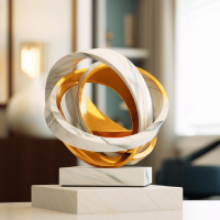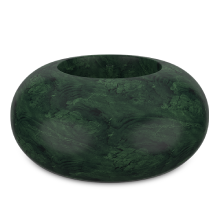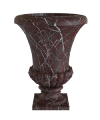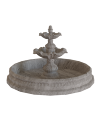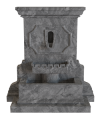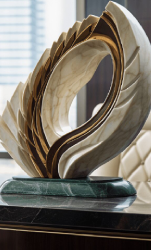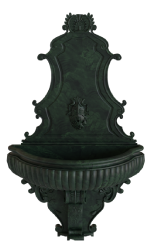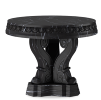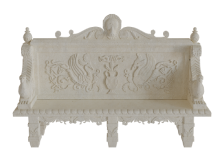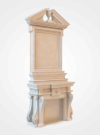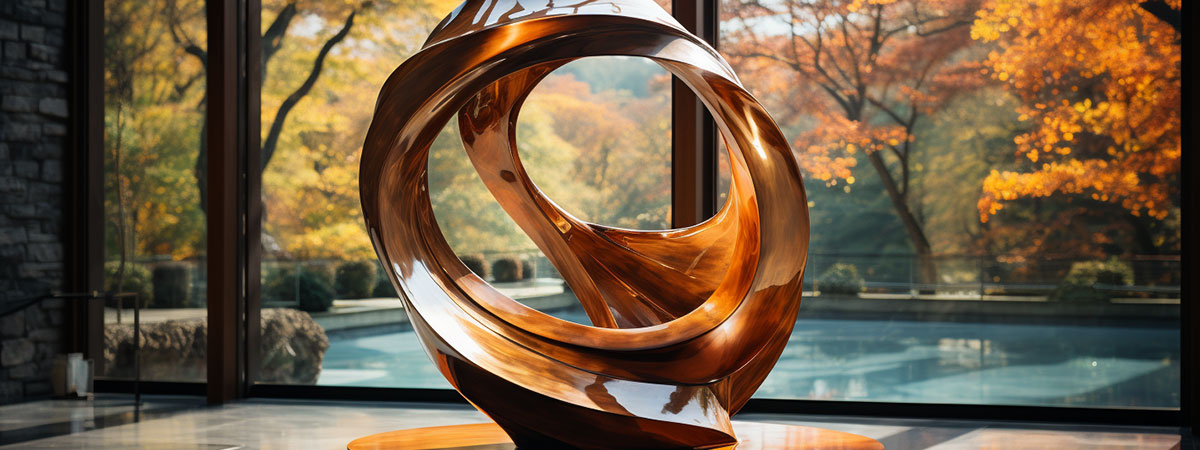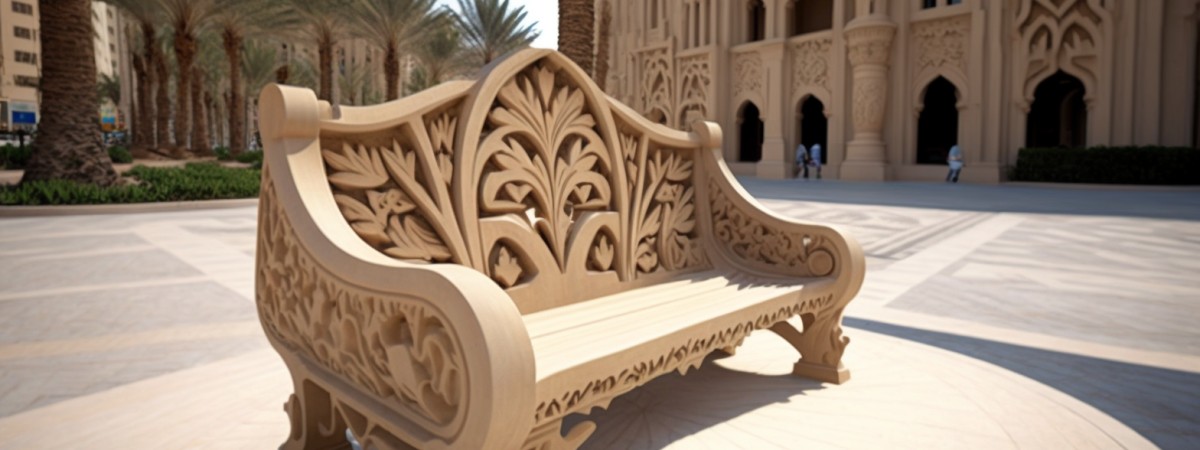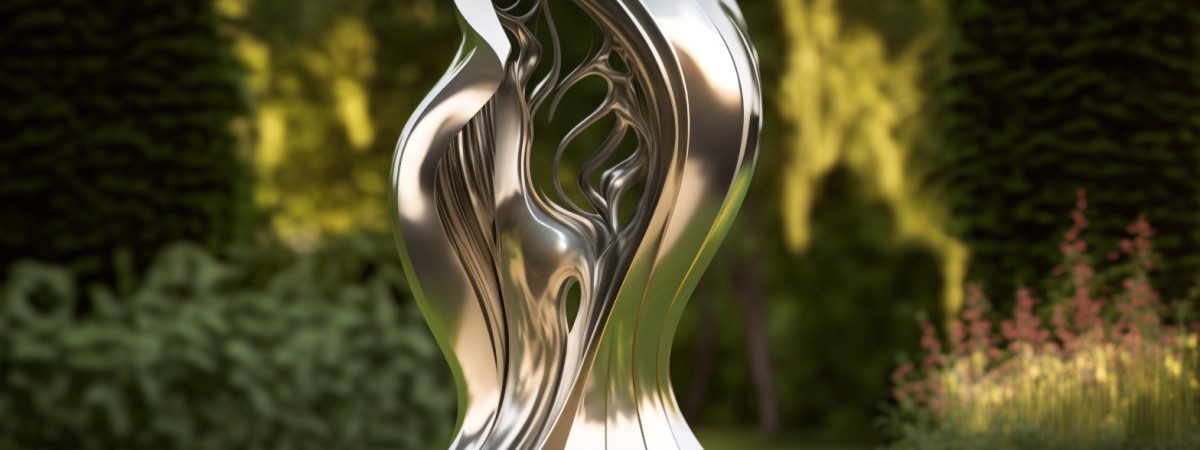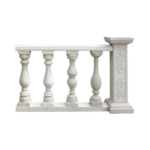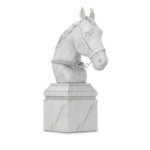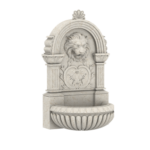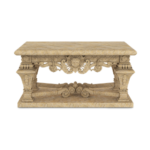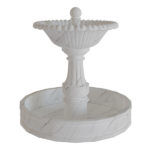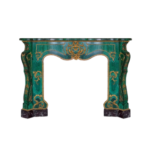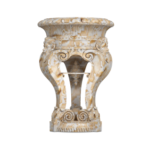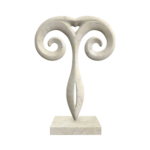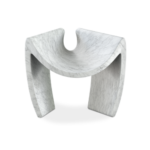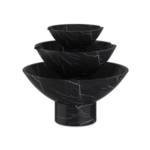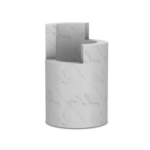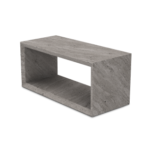August 23, 2023 Author: John Samuel
Adding a Rotating Base to Your Luxury Sculpture: A Comprehensive Guide
Sculptures, as silent testaments to human artistry, have the uncanny ability to dominate a room. Yet, what if they could do more? What if they could move and provide varied perspectives? A rotating base makes this possible. Let’s dive deep into why and how you should consider this dynamic addition to your sculpture.

Understanding the Scope
The world of art is vast, and so are the choices for displaying it. Before diving into the intricacies of selecting the perfect rotating base, it’s essential to grasp the ‘why’ behind it. Understanding the scope of the project can help in determining the size, weight, and rotation speed that you’d need.
Why is it essential?
For starters, a rotating base can elevate the viewing experience. By offering different angles, it allows viewers to appreciate every tiny detail of the sculpture, making it more interactive and engaging. Imagine savouring every angle of a beautifully carved marble statue or being able to notice the fine brush strokes on a painted surface.

How does it affect the choice of base?
Your sculpture’s size, weight, and material will guide your rotating base choice. A heavy marble sculpture would need a different base compared to a lightweight wood carving.

Choosing the Right Rotating Base
Here’s where things get a tad technical, but stick with me. Picture this: it’s like finding the right dance partner for a ballerina—it needs to match in strength, style, and grace.
Material Considerations
The base’s material should complement your sculpture. For a sleek, modern piece, you might opt for stainless steel or polished aluminium. For something more classic, perhaps a wooden base would do the trick.
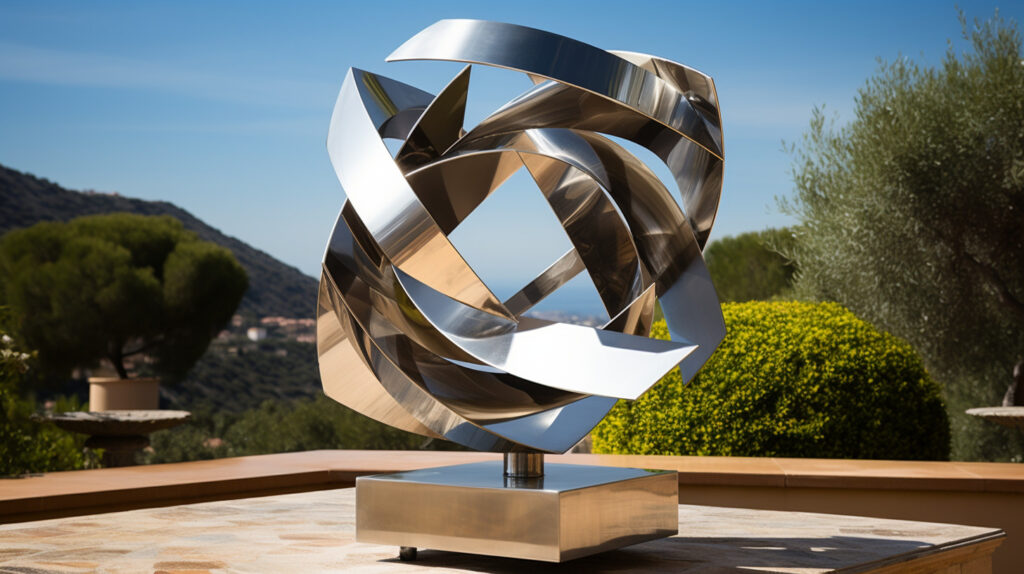
Weight Capacity Needs
It’s a no-brainer, but the base must support your sculpture’s weight. Always opt for a higher weight capacity than you think you might need. Better safe than sorry, right?

Size Specifications
The size should be proportionate to the sculpture. Not too large that it overshadows the art, and not too small that it seems unstable.

Rotation Speed and its Importance
You wouldn’t want your sculpture spinning like a top. The rotation speed should be subtle and graceful. Depending on the sculpture’s detail, a slow rotation might be ideal to allow viewers ample time to take in its beauty.

Power Sources Available
From manual to electric or even battery-operated, the choice is vast. Decide based on the sculpture’s placement and accessibility to power outlets.

Installation Process
Got the perfect base? Great! Now, let’s set the stage.
Preparing the Base
Ensure a flat and stable surface. If needed, fix the base to the ground for added stability. Remember, it’s not just a base; it’s the foundation of your masterpiece.

Attaching the Sculpture
Most bases come with clamps or fixtures. Secure the sculpture firmly, ensuring even weight distribution.

Testing the Rotation Mechanism
Before you invite viewers, test the rotation. It should be smooth, with no jerks. If you notice any irregularities, recheck the attachment and weight distribution.

Maintenance and Safety
Your rotating base isn’t a ‘set it and forget it’ deal. Like any machine, it requires love and care.
Regular Check-ups and Care
Ensure the rotation mechanism is free of dust and debris. A little lubrication now and then can keep it running smoothly.
Safety Precautions to Consider
Ensure there’s no risk of entanglement, especially if placed in areas with kids. Also, the power source should be safely tucked away.

Conclusion
Adding a rotating base to your luxury sculpture isn’t just about movement; it’s about enhancing the viewer’s experience. By choosing the right base and ensuring proper installation and maintenance, you can elevate your art to new, dynamic dimensions.
FAQs
-
Can any sculpture be fitted onto a rotating base?
While most sculptures can benefit from a rotating base, it’s essential to consider the sculpture’s weight, size, and material.
-
Is there a risk of the sculpture falling off?
If the system is installed correctly and the appropriate weight capacity is chosen, the risk is minimal.
-
How often should I maintain the rotating mechanism?
It’s good practise to check it every few months, though it might vary based on usage.
-
Can I install a rotating base outdoors?
Yes, but ensure it’s weatherproof and consider the power source.
-
Is manual rotation better than electric?
Both have their merits. Manual gives a more personal touch, while electric offers consistent movement.
Discover our curated selection of natural stone sculptures at https://marblising.com/
